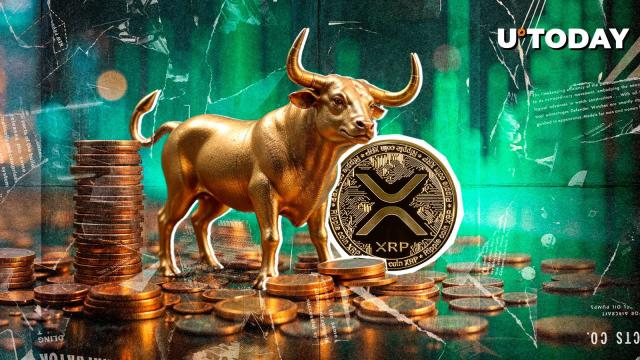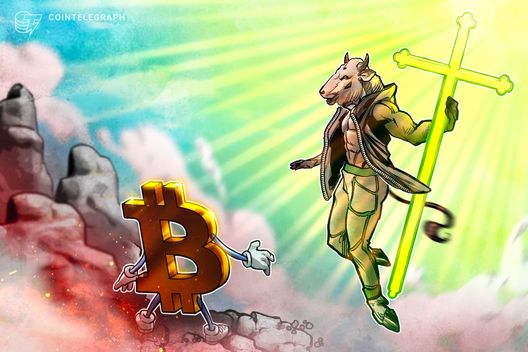A massive Ethereum transaction fee has sparked interest in the crypto community; in recent hours, blockchain data tracker Whale Alert reported that "a fee of 31 ETH worth $112,745 was paid for a single transaction."
Ethereum transaction fees, commonly known as gas fees, vary with network congestion and transaction complexity. While huge costs are occasionally caused by network congestion or user error, this particular fee stood out for its enormity, prompting questions about what went wrong.
Coinbase director Conor Grogan, who goes by "Conor" on X, shares insight on the staggering ETH fee, which stemmed from a costly and painful mistake.
A user mistakenly burned $112k attempting to make a Pulsechain transaction. All of the money went to an Ethereum L1 block builder instead after a glitch
— Conor (@jconorgrogan) July 18, 2025
They sent the block builder a note with a message asking for their funds back
This all means that onchain summer has begun https://t.co/u4x0uL4kVL pic.twitter.com/LG9aGdULY7
"A user mistakenly burned $112,000 attempting to make a PulseChain transaction," Conor said, sharing a screenshot of the transaction reported by Whale Alert.
What happened?
According to Conor, the user behind the transaction intended to engage with PulseChain, a separate blockchain network. Due to a glitch or misconfiguration, the transaction did not go as intended, and the funds ended up in the wallet of an Ethereum L1 block builder.
"All of the money went to an Ethereum L1 block builder instead after a glitch," Conor added. In other words, the user paid over $112,000 in gas fees to the wrong network, receiving nothing in return.
Conor shares evidence of a message attached to the transaction, which the user reportedly sent, politely requesting the block builder to return the funds.
Whether or not the block builder would honor the request remains unknown, but this costly mistake highlights the importance of double-checking transaction details before hitting "send."






